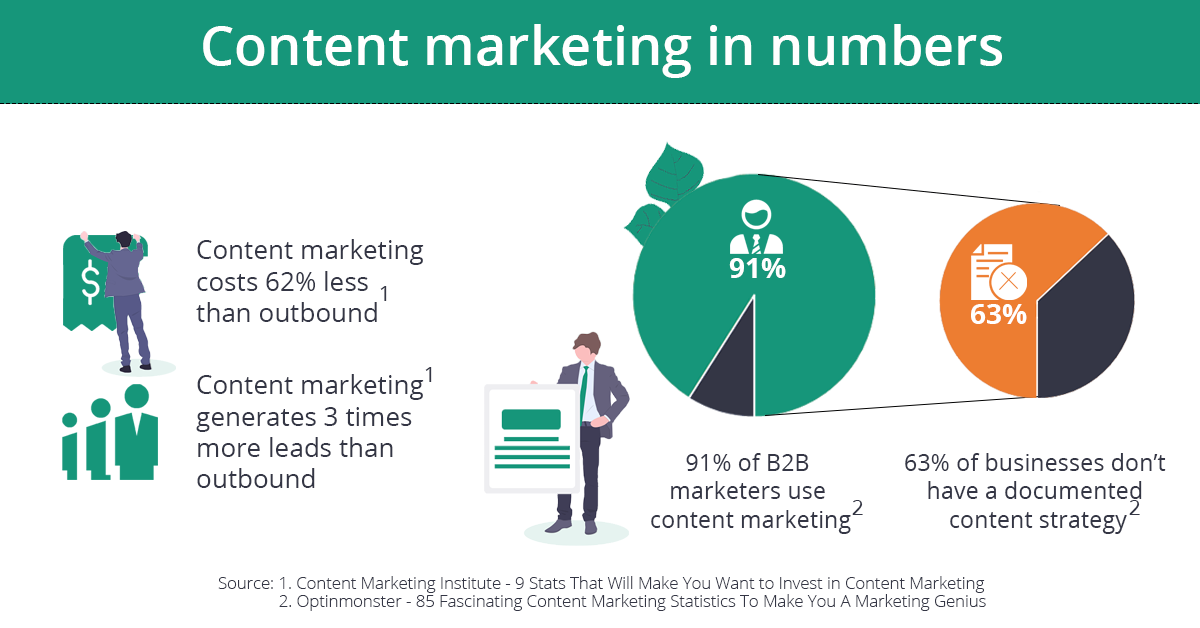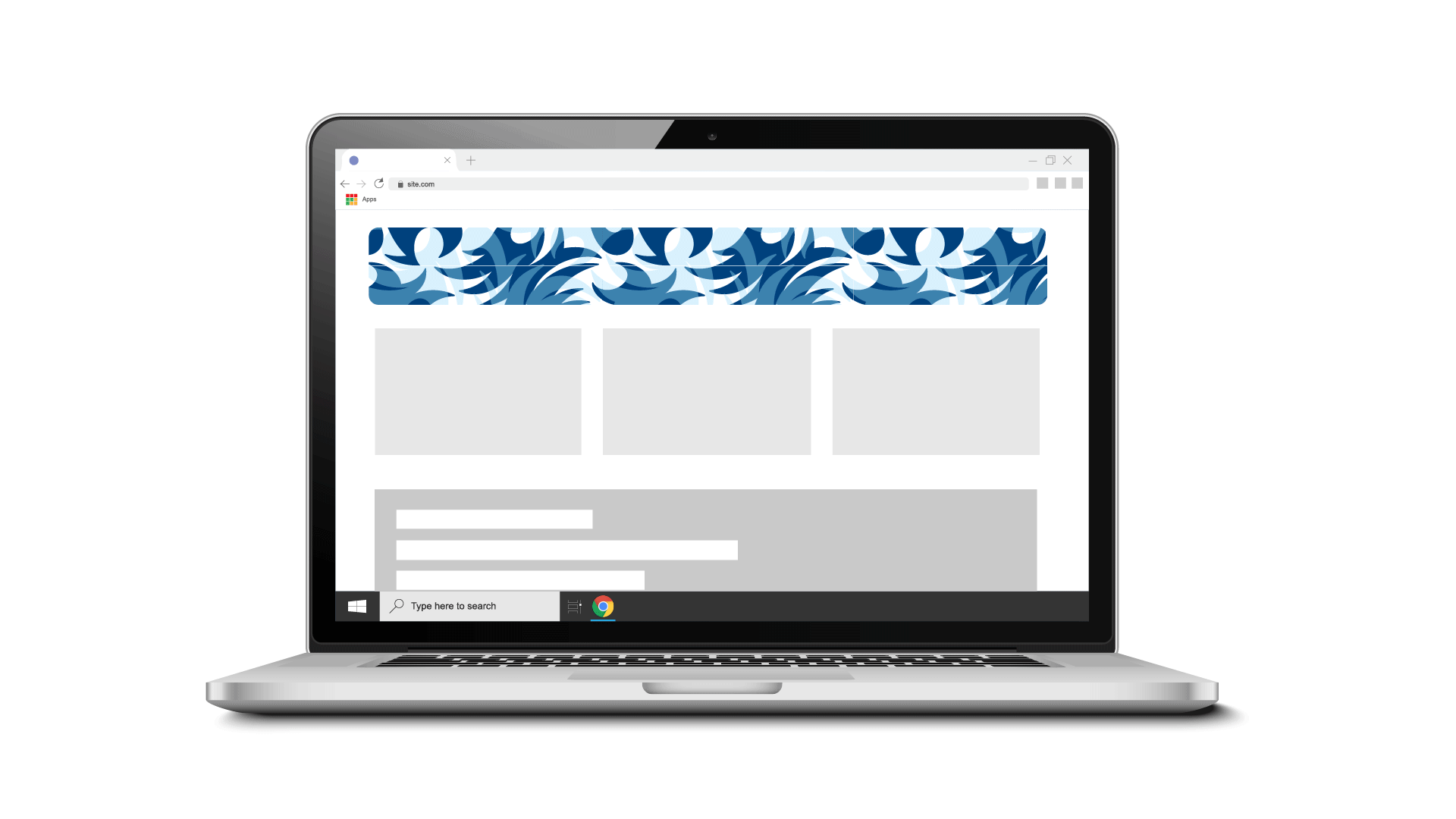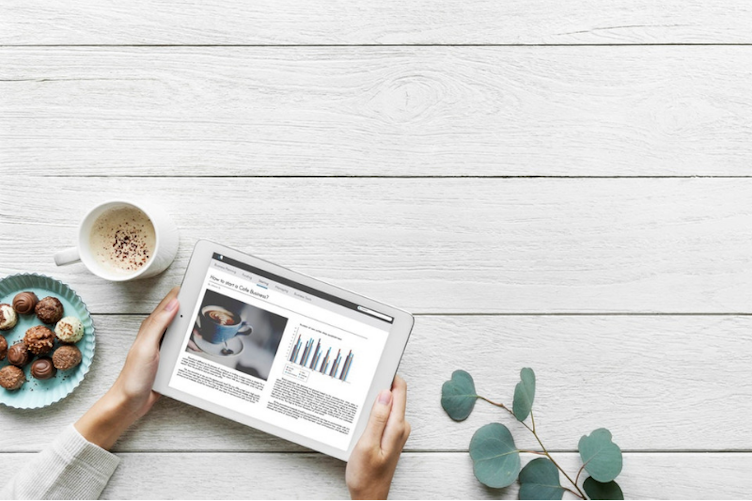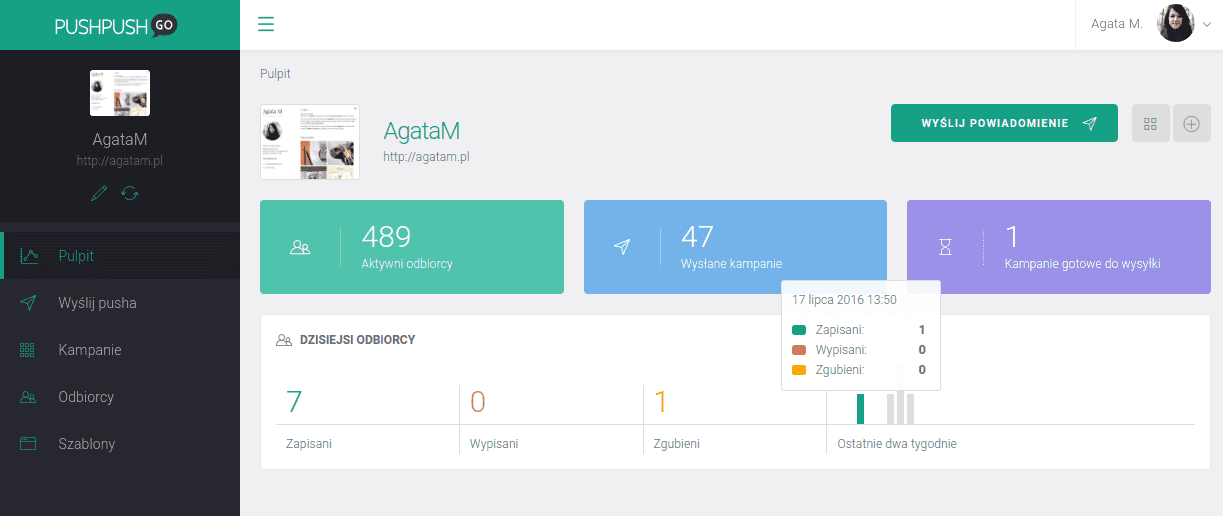Content marketing has already proven to be effective - it costs 62% less than outbound marketing and generates 3 times more leads (Source: Content Marketing Institute).
Moreover, content marketing positively influences brand recognition and users engagement. It’s also an answer to the challenge that marketers face - called adblocking. People got forced by advertisers to block annoying, inadequate ads which are „attacking” them almost everywhere.
While 91% of B2B marketersuse content marketing (Source: Optinmonster) an impressive 63% of businesses don’t have a documented content strategy. What does it tell you? Probably many articles and videos are created without a proper plan for its distribution.
We can call it an over-production, as marketers produce more content that is needed. Furthermore, we don’t put enough effort into delivering our content to a targeted audience. To counteract to this issue when you're designing a content marketing strategy think of new ways of distribution, as the social media became mainstream in this field and your fans’ newsfeeds are mostly cluttered.

Content Marketing in numbers (Sources: 1. Content Marketing Institute. 2. Optinmonster)
One of less popular, yet with the potential to be highly effective ways is web push notification.
How to use web push notifications in a content marketing strategy?
Targeted campaigns with relevant content
Create content which is valuable and answer the needs of your audience. Probably you can divide your customers for smaller groups taking under consideration demographics and interests (depends on your business’ characteristic).
For example, if you have an online store, you can make various groups (not exclusive), like women, men, teenagers, elderly, luxury clients, customers that often buy on sale, citizens of bigger cities, but even more specific like people who like certain brands etc. Once you find out about your audience, you can prepare content, especially for those groups.
Before Women’s Day, you can write an article about best gifts for partners and direct it to men in age 20-50. When the new collection of some luxury brand is arriving, you can alarm its fans about it.
If you have a traditional store, you can use geotargeting and inform clients in particular localisation about a sale and so on. Content always has to be relevant for receivers. There’s no point to direct useless article to someone who won’t be interested in it.
How to find out what your consumers need? Use online analytics tools to get to know your audience’s interests. Look up for global trends and events to create contextual content. Prepare your buyer personas (if you haven’t already). Include age, job position, hobbies, values etc. From every persona point of view think of problems they might have in the context of your business and how you can help solving it using content marketing.
Relevant content also means an adequate form. Different recipients can prefer different types of content. Based on age or behaviour on the Internet, you should match your audience with perfect form. Text, video, infographics, photo album, podcast, webinar… the sky's the limit! Juggle with forms to diversify user experience and keep recipients’ attention.

Ready to test web push notifications? Send effective and engaging communications to truly interested recipients
Send your notifications at the right time. If the content is professional-related, then choose business hours. If text or video has a private character - consider evenings or weekends, so your customers will have time to consume it.
Reminders
We live in a rush, and there are many events people are interested in, but they’re not going to attend every one of them. We used to think about push notifications only in the context of sales.
Very often we can receive reminders of abandoned carts and incomplete purchasing. But reminders can also work well when it comes to content in real-time. When you organise an event, for example, a webinar, you should alert your audience a few minutes before the beginning so participants won’t forget.
Make it personal, so the recipient will feel more obligated to join. It can also work as a motivation for self-development. In your message highlight the main value that brings attendance at the event. Another way of creating an appealing notification is raising questions which will be answered during the webinar.
When to send a reminder? Few days before so the person can put in the calendar for next days. Send it again just before an event (let’s say 10 minutes) to alarm that a webinar is going to start soon. Don’t spam your audience. Two reminders are enough to be helpful and not too much so it won’t be annoying.
You can remind about other things, based on users behaviour. In an example, if the person usually reads your blog, but this time hasn’t checked out a new article (and you send before a notification about recent content arrival) you should remind that there’s a piece of content that he or she could be interested in. Refer to personal behaviours to encourage a recipient to read the text.
Today we have so many appointments, duties, events, and other things to do that we’re no longer able to remember it all. Customers support their memory by using new technologies. Digital calendars also have a reminder function so they’re probably used to not focusing on the upcoming events, because they know they’re going to be informed about them in the right time - like when iPhone sends a notification when you should go out to be on time in the right place to attend a particular event. That’s why web push notifications as kind, individualised reminders are useful for your audience. Try them next time while organising a webinar, meet-up or other events.
Building a targeted group database
By subscribing to web push notifications, you can build a base of people interested in specific topics. Of course, your primary goal is to sell products and services but long-term a more effective approach could be implementing a content marketing strategy. Instead of asking customers if they want to be informed about special offers or new products ask if they would like to find out about new valuable content published on your blog or other platforms.
There are quite a few possible ways of subscription. Web push notifications use the most simple one which is only one click. No forms including questions about email address or other data needed. Internet users don’t want to share too much information online, especially for this kind of purposes. It’s also the fasted way for signing up, so that increases a chance for a successful subscription. Use the language of benefits to encourage customers to click the „Yes” button. Once they’ll do it, keep them updated on your content, but don’t do it too often and share content specifically with people potentially interested in it.

Notification while consuming the content
Web push notifications can also help the other way around - not only when it comes to content’s distribution and redistribution, but also generates traffic on your website from a blog. For example, when a user’s reading about gift ideas for a mother’s day, you can suggest him or her the products mentioned in the article. Therefore you again can help customers to find the best gift. Timing is accurate, as the person is already interested in the topic and is looking for ideas and more specific products, so he or she can faster deal with an issue.
Once again, don’t let your notifications to be seen as annoying and intrusive. If they become like that, your audience can be willing to unsubscribe. Once you gathered your customers on the blog, it’s essential to build trust and your brand’s image as an expert. While you deliver high-quality content, subtly suggest recommendations. Keep it individual and suitable to achieve success in your business.
Web push notifications are already a known marketing method, but still not fully explored. It can be a new way of content distribution and thus for your company to engage with customers. It’s based on marketing automation mechanisms so it can be personalised (user’s demographics, interests, behaviour and also timing), save your precious time and generate leads.













